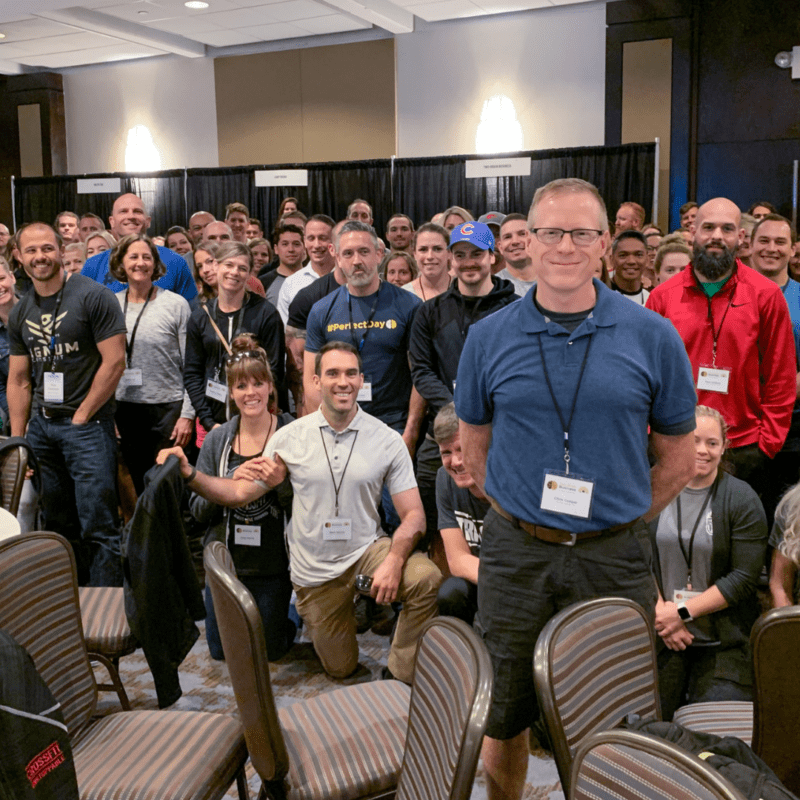The last five gym owners to sign up for the Incubator all have multiple gyms and a solid lifestyle. In fact, almost every single one said “Chris, I’m pretty close to living my perfect day already.” Each of these–four men, and one woman–realized the danger of getting complacent. I know it all too well. In November 2016, after a long day of working on interesting problems, I had a quiet moment in my basement office. Before heading upstairs to join my family for dinner, I asked myself “Why am I pushing so hard?” I was earning more money than I needed. I was achieving my educational goals, my travel goals, my lifestyle goals AND my service-beyond-self goals. I didn’t need more. And my next literal thought was, “I need to find a new mentor.” If you’ve read any of my four books, you know that mentorship turned my first business around. My first mentor focused my attention, removed distractions, and gave me the traction to turn my gym into a very profitable (and happy) business. Now, I realized, I needed someone else to do the same thing. Because I’m never happy while at rest. I called Dan Martell, who I had just seen onstage with Gary Vaynerchuk and Seth Godin, and asked if he’d help me. He agreed. And his guidance helped TwoBrain become the largest mentoring practice in the fitness industry. Every single one of these five new members of the TwoBrain Family have something ELSE in common: opportunity. Each owns multiple gyms. Every one has large, beyond-the-box ideas. They have investors knocking on their door. Or maybe they have a kids’ team to sponsor. But they all faced more than the inertia of settling for what they already have: they all faced the paralysis of choice. Having too MANY opportunities can be as challenging as having too FEW ...
Read More →
